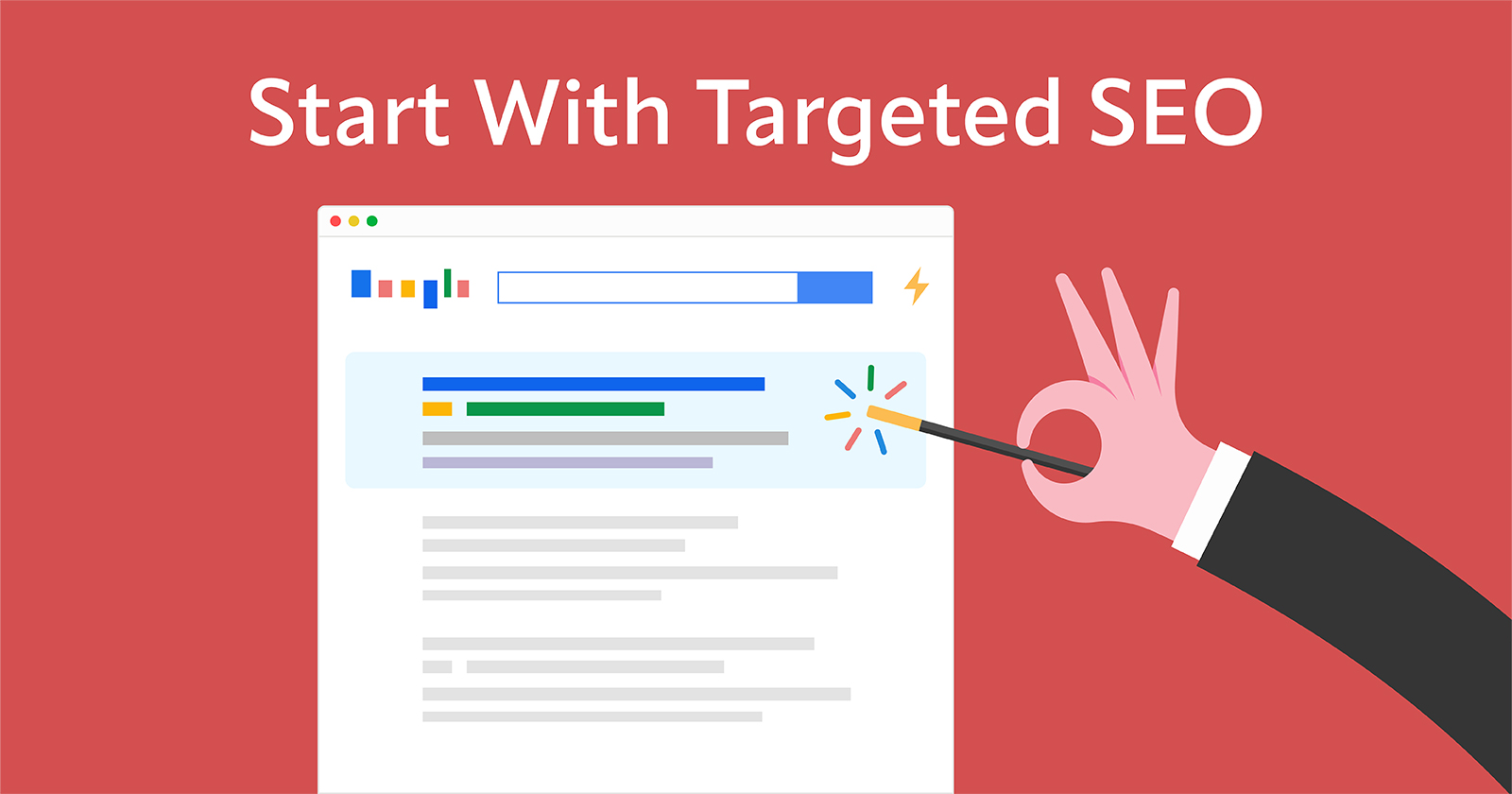This post was sponsored by The Nine. The opinions expressed in this article are the sponsor’s own.
How do you ensure your website ranks ahead of the competition?
What hurdles could be causing you to rank lower than you’d like?
As a professional marketer, you understand how vital search engine optimization is.
By optimizing your site, you can improve your search engine rankings, increase traffic, and increase revenue by getting ahead of your competition with an in-depth SEO strategy.
But sometimes, there can be minor hurdles, such as execution, that can drop your location on search engine results pages (SERPs) by one or two positions.
After working with hundreds of websites, we’ve found that two things should be critical in your SEO process:
- Targeted SEO.
- The best possible technology stack in the industry.
We want to show you how targeted SEO works and the best practices for partnering with experts to achieve higher rankings.
1. Start With Targeted SEO & Keyword Research
Your website is only as good as its keyword research.
You know the power of a proven process. So let’s talk about the proven technique of Targeted SEO.
What Is Targeted SEO?
Targeted SEO refers to the practice of optimizing your website’s content and structure to attract a specific audience of potential customers who are looking for businesses like yours through search engines.
It involves using keywords, meta descriptions, and other on-page optimization techniques that align with the specific interests and needs of your target audience.
Targeted SEO is a practical solution that can morph into your specific SEO goals and targets.
The key to successful targeted SEO is understanding your audience’s search intent and behavior.
This means knowing:
- Which keywords your audience uses when searching for products or services.
- What questions your target audience frequently asks.
- What type of content your audience prefers.
By incorporating this knowledge into your SEO strategy, you can create a website that is tailored to the needs of your target audience, resulting in:
- Higher search engine rankings.
- Increased traffic
- Higher conversion rates.
What Is On-Page SEO?
Knowing and utilizing your audience’s keywords, questions, and preferred content types in the form of front-facing web content is often referred to as On-Page SEO.
On-Page SEO ensures your website is optimized for search engines and provides a great user experience.
It also includes the creation of new content based on your content strategy, which should center on skyscraper-style content and hub-style content.
These elements work together to increase organic search visibility and improve rankings.
Your goal is to not only boost your rankings but also engage







/https://specials-images.forbesimg.com/imageserve/617c1ed1cde496338d543092/0x0.jpg)